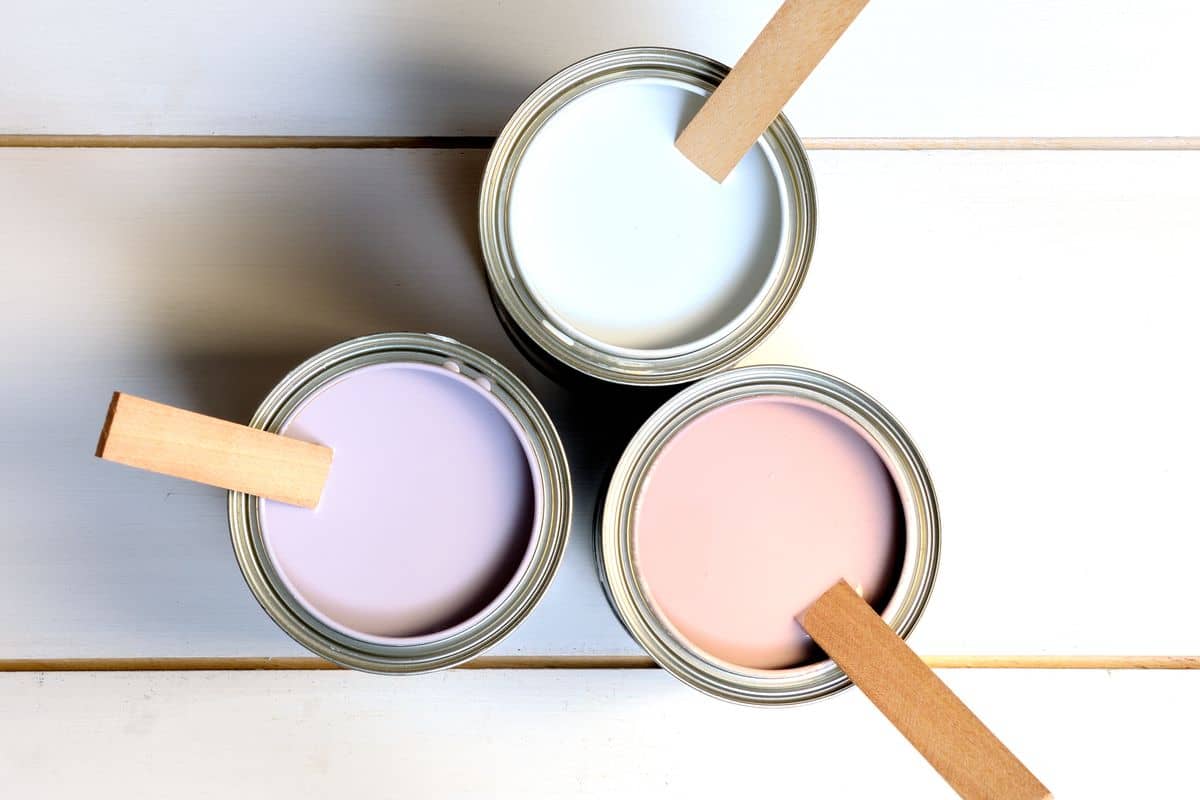
When we paint our house for ourselves and forgo the help of a professional, we are heading into a potential storm of challenges.
Getting the clean paint finish we want takes patience and some insider knowledge on overcoming some of the more common issues you will face. While we can’t do anything for your level of patience.
How To Troubleshoot Some Of The More Common Issues You Will Face.
Blistering and flaking
The worst-case scenario for a painter-decorator is blistering and flaking on the paint’s surface. There are lots of reasons why this might have happened.
First, there may be moisture trapped beneath the surface of the paint film, or there was dirt or oil on the wall before painting.
Another option is that the surface was friable or powdery, with little for the paint to adhere to. A similar effect can occur if there is movement, such as at joints, which causes the paint to crack as it is drying.
If this happens, you will likely need to return to the drawing board and start again. It is best to avoid blistering and flaking with good preparation work; this prep is the cure and prevention.
Before painting, you must remove all loose material from the wall, using sandpaper to strip the surface. You can then help the paint adhere by applying a primer before putting on the final coat.
Foaming
Foaming paint while applying a coat with a roller may not at first appear like a problem. However, when foaming occurs, bubbles are created in the paint film and when this burst, craters can be left on the surface. While some craters may dry and leave you with an even surface, others may not.
The foaming is because you are using the wrong type of roller. Sponge or foam rollers are not appropriate for water-based paints, and long-pile rollers are wetted out properly before use.
To put right the dried craters, you will need to rub the wall down with wet and dry abrasive paper using a little detergent and some water. Allow the wall to dry, and then apply another coat of paint.
Shrivelling and wrinkling
When new paintwork shrivels or wrinkles, it dries too quickly. The paint has formed a skin before the liquid beneath has had a chance to dry.
Applying thick coats of paint is more likely to happen, and the impact is more dramatic. It is also likely to occur if you attempt to layer on a second coat before the first has had the chance to dry.
Here prevention is better than a cure, and patience will be needed. As this commonly occurs when a second coat is applied too soon, you need to wait a little longer for the first coat to dry.
If it has happened already, you will have to wait several days for the paint to dry and harden. You must then rub the wall with abrasive paper and clean it with warm water.
Leave the surface to dry before attempting to repaint. If all this waiting isn’t practical, you can try to remove the paint with a scraper and ensure the surface returns to a dry base.
Rain Spotting
Rain spotting is a small depression or blemishes in the paint surface caused when rain falls on your paint before it is fully dry.
While frustrating and a curse of painting outside in the UK, your only option is to wait for it to dry and rub it back with abrasive paper before recoating.
Summary
Painting is about preparing the surface and giving appropriate time for the paint to dry. If you plan for the job in the right amount of time, you will find that the surface appears clean once you have finished.
